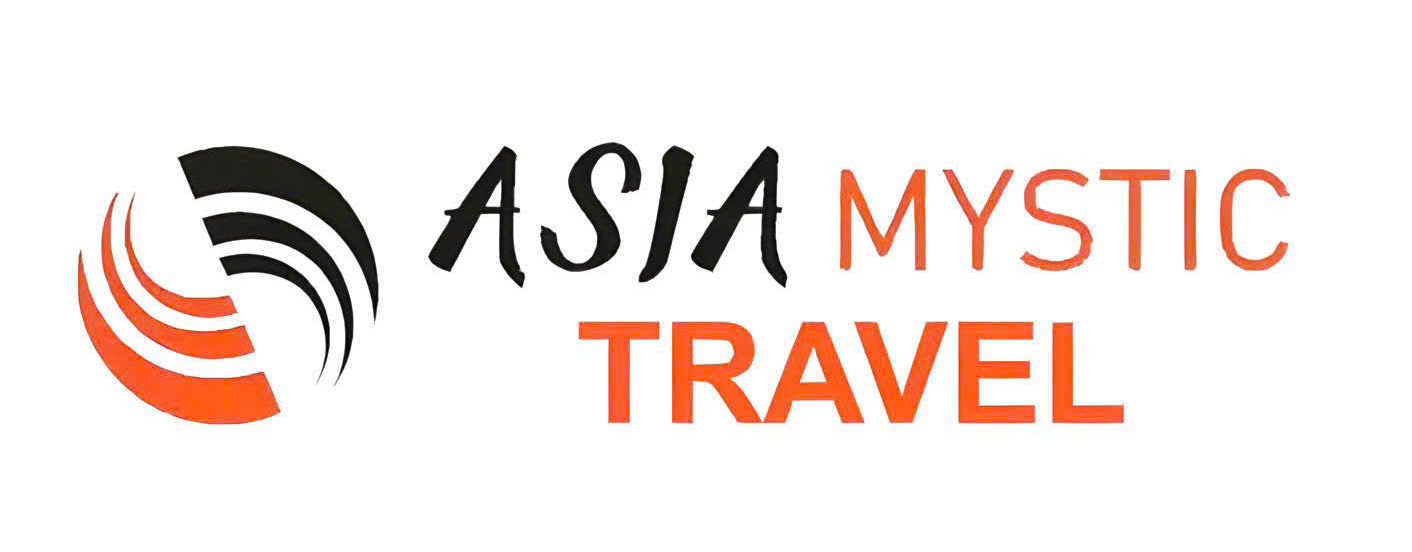
Vietnam Sleeper Train Guide 2025: Fares, Routes & Tips For Overnight Travel
Overview of the Vietnam Sleeper Train
Introduction to the train system
The Vietnam sleeper train is a vital part of the country’s transportation system, connecting major cities from north to south along the historic Reunification Express line. Operating daily, these overnight trains allow travelers to cover long distances while resting comfortably through the night. The network stretches over 1,700 kilometers, linking Hanoi, Hue, Da Nang, Nha Trang, and Ho Chi Minh City, with scenic views of mountains, rice fields, and coastline along the way.
Sleeper trains typically offer several seat and cabin classes for you to choose from:
- Hard and soft seats
- 4-berth cabin
- 6-berth cabin
For popular routes like Hanoi to Sapa, private companies run upgraded cabins with added comfort and amenities. While the trains aren’t high-speed, they are known for their affordability, reliability, and the unique local experience they provide. Whether you're a budget traveler or looking for a more laid-back alternative to flying, Vietnam’s sleeper trains remain one of the most authentic and scenic ways to explore the country.
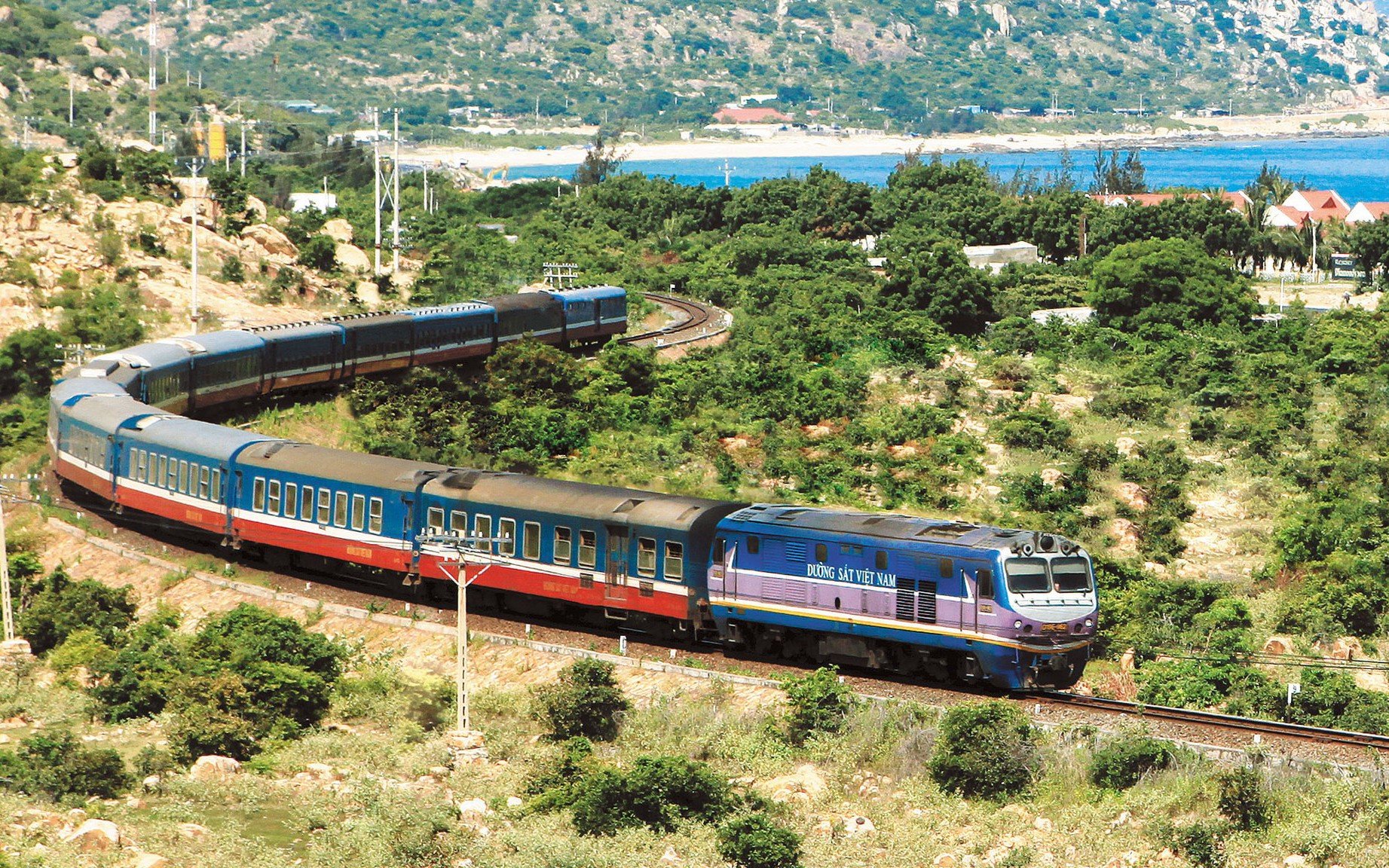
Type of seat and cabin
Riding a sleeper train in Vietnam isn’t just about getting from one place to another. It’s part of the adventure. Before choosing your journey, it helps to understand the different seat and cabin options available.
Hard seatThe most basic is the hard seat, which is exactly what it sounds like: an upright wooden or plastic seat without much cushioning. These are mainly used by locals for short trips and are not recommended for long overnight journeys due to their lack of comfort.
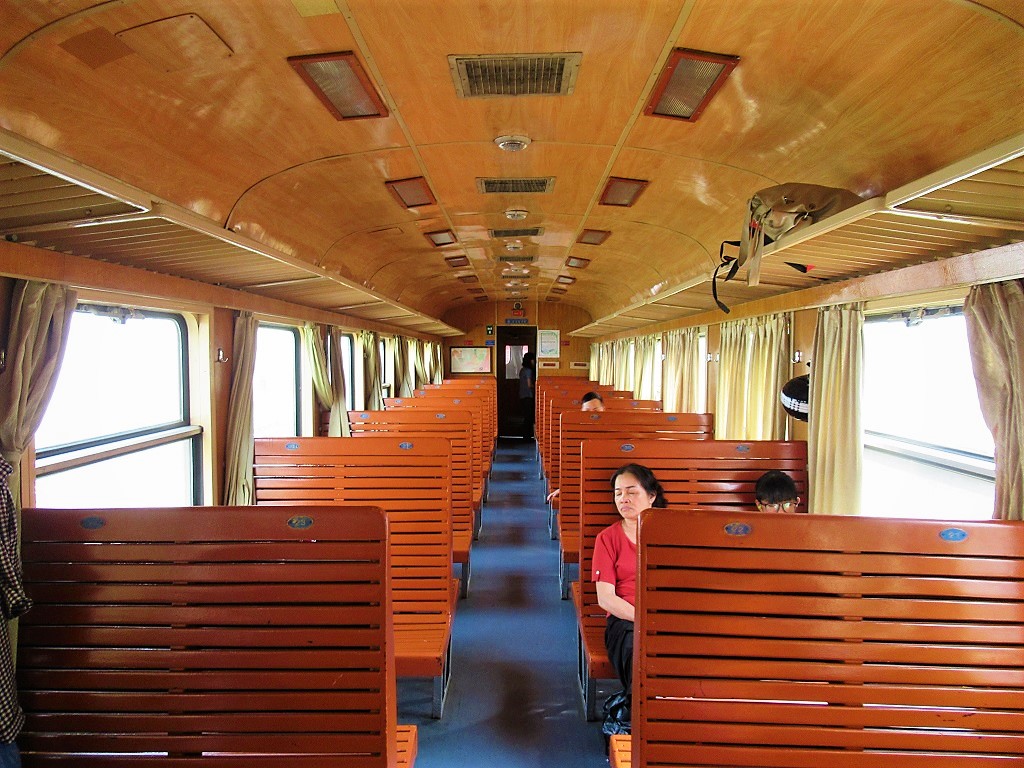
Soft seat is a more padded, airline-style seat that reclines slightly and is better suited for medium-distance travel during the day. These seats are air-conditioned and more tolerable, but still not ideal for sleeping through the night.

The 6-berth cabin is the most budget-friendly sleeper option. It includes three bunks on each side (upper, middle, and lower) within a compact, air-conditioned space. While it offers basic comfort, the limited room and shared environment mean less privacy and space to move around. Ideal for solo travelers or those looking to save money, it’s a popular choice on long routes like Hanoi to Ho Chi Minh City.

The 4-berth cabin offers a more comfortable and spacious setup, with two bunks on each side, upper and lower. It's fully air-conditioned and typically quieter than the 6-berth option, making it ideal for couples, small groups, or travelers who prefer a bit more privacy. Bedding is usually provided, and some upgraded trains include reading lights, charging ports, and better décor. It strikes a good balance between comfort and affordability.
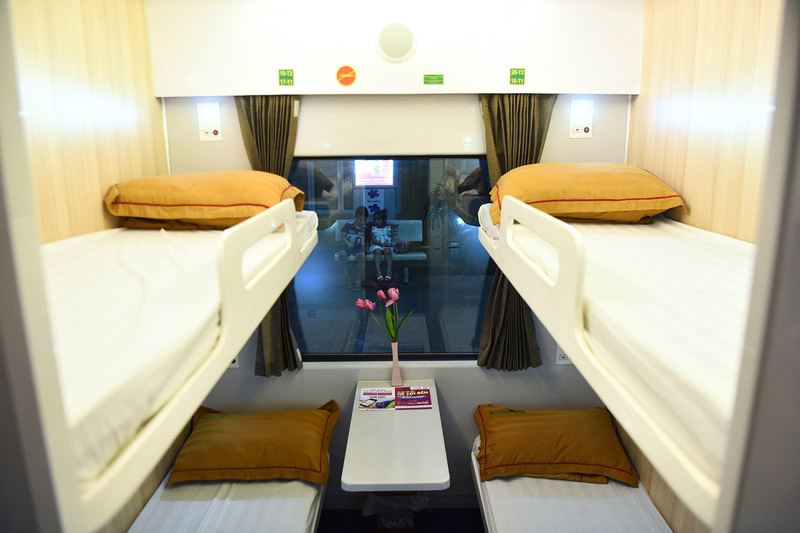
What Do Vietnam Sleeper Trains Provide
Vietnam’s sleeper trains offer a surprisingly comfortable and immersive way to explore the country overnight, especially for long-distance routes like Hanoi to Da Nang or Ho Chi Minh City to Nha Trang. Here's what you can typically expect onboard:
Air Conditioning
All sleeper cabins are air-conditioned, which is a great relief during Vietnam’s hot and humid seasons. However, many travelers find the AC quite strong, especially at night. It’s a good idea to bring a light jacket, sweater, or scarf to stay warm during the ride.
Bedding
Each sleeper berth comes with clean bedding, including a pillow, blanket, and fitted sheet. While the quality varies depending on the train and class, soft sleeper and VIP cabins tend to offer fresher linens and better maintenance.
Toilet
Toilets on Vietnamese sleeper trains are generally basic but functional. Each carriage typically has two restrooms, one Western-style toilet and one squat toilet, located at opposite ends of the coach.
There’s usually a small sink with running water for washing hands or brushing your teeth, but toilet paper, soap, and hand sanitizer are not always provided, so it’s a good idea to bring your own.
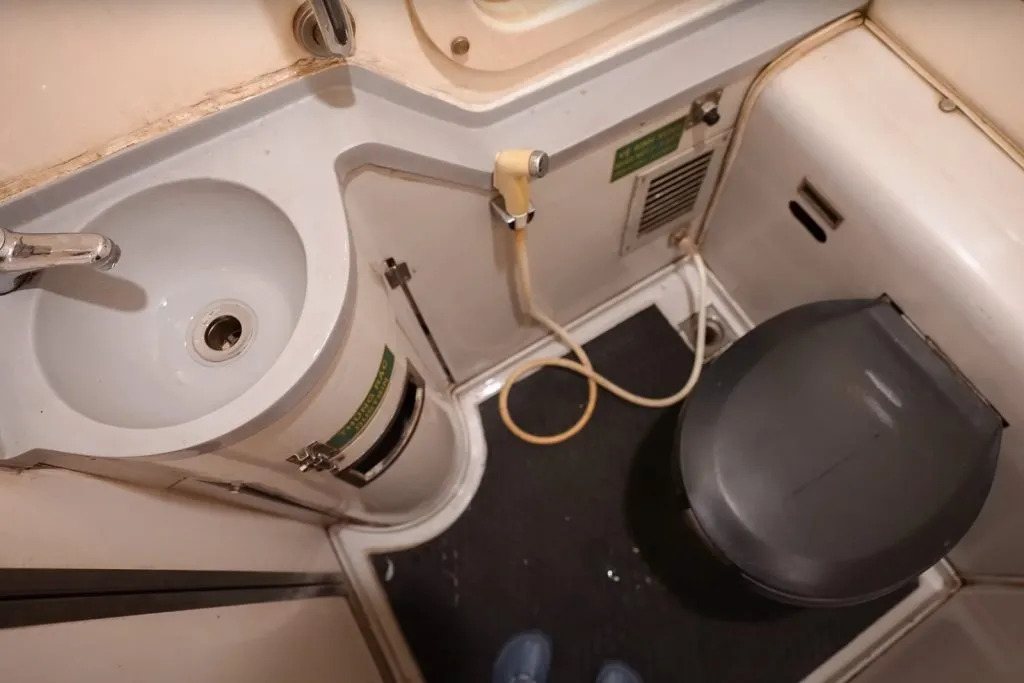
Food and Drinks
Train staff and local vendors regularly walk through the carriages offering instant noodles, snacks, bottled water, and hot drinks like tea and coffee. Still, many travelers choose to bring their snacks or buy food at the station before boarding.
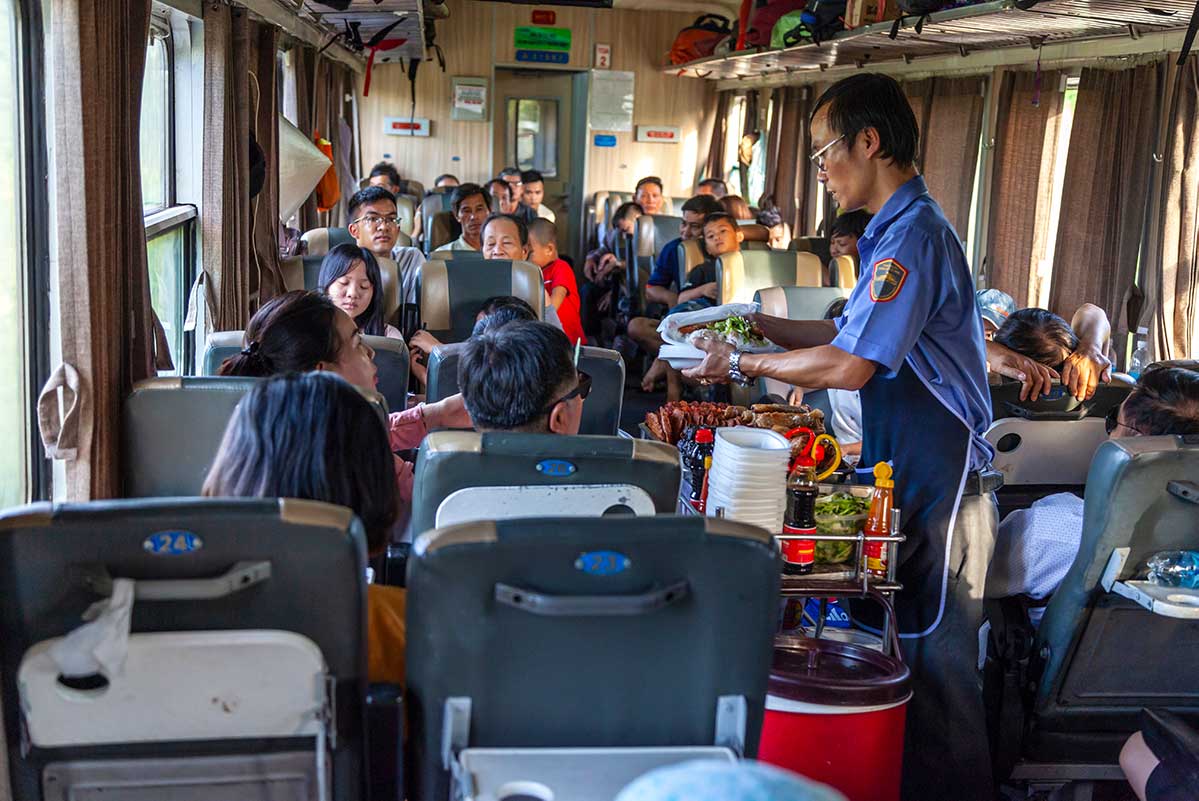
Luggage Storage
There’s no official baggage check on Vietnamese trains, but you can store your suitcase or backpack under the lower bunks or on racks above the door. Space is limited, so it’s wise to pack compactly. If you’re in a shared cabin, keep your valuables such as your passport, phone, or money in a secure bag close to your body, especially when you sleep.
Why You Should Choose the Vietnam Sleeper Train
Taking a sleeper train in Vietnam isn’t just about getting from point A to B. It’s a travel experience in itself. From cost savings to cultural immersion, there are several compelling reasons to hop on board.
Affordable and Budget-Friendly
Compared to domestic flights or private car hires, sleeper trains offer excellent value, especially for long distances. A 4-berth sleeper from Hanoi to Da Nang can cost around $35–$50, which includes both transport and overnight accommodation.
And for each type of traveler, such as families, students, seniors, and even young children, the price will be different. Here’s how you can save more:
- Children under 10: Must be accompanied by an adult and have their reserved seat/berth.
- Children under 6: Travel for free when sharing a seat or berth with an accompanying adult.
- Children aged 6 - 9: Get a 25% discount on the ticket price.
- Seniors (60 years old and older): Receive a 15% discount.
- Students and Pupils: Enjoy a 10% discount when presenting valid IDs from vocational schools, colleges, or universities (not including postgraduate students).
These discounts make sleeper trains in Vietnam one of the best value options for long-distance travel, especially when compared to flights or private cars.
Comfortable Overnight Travel
Instead of spending money on both a hotel and transportation, you can rest through the night on a fully air-conditioned train with provided bedding. The 4-berth and 6-berth cabins make long journeys more restful than buses or long-haul flights.
Safe and Reliable
Vietnam’s train network is generally considered safe, with regular security patrols and locked cabins at night. While not luxurious, trains tend to be punctual and dependable. Keep your valuables close, as you would on any public transportation.
Ample Luggage Allowance
Trains are more flexible with baggage than planes. You can typically bring up to 20–25 kg without extra charges, and there’s space under the lower bunks or above your head to store backpacks and suitcases.
Unforgettable Sleeper Train Journeys Across Vietnam
There’s something timeless and poetic about traveling by sleeper train in Vietnam. As the carriage sways gently through the countryside, you fall asleep in one world and wake up in another, whether it’s misty mountains, golden beaches, or ancient towns. More than just a mode of transport, Vietnam’s sleeper trains offer a front-row seat to the country’s beauty and rhythm, with comfort and affordability rolled into one unforgettable journey.
Hanoi to Sapa (Lao Cai)
Imagine waking up to mist drifting over terraced hills as your train slows into Lao Cai. The overnight journey from Hanoi to Sapa is a favorite for nature lovers and trekkers.
For journeys between Hanoi and northern destinations like Sapa:
- Popular trains: SP1, SP3, SP7
- Classes: VIP 2-berth, 4-berth soft sleeper, hard sleeper
- Distance: ~294 km
- Duration: 7-9 hours overnight
Hanoi to Da Nang
This route captures the soul of Vietnam, connecting the bustling capital with Da Nang’s laid-back beaches and nearby Hoi An. Along the way, travelers are treated to serene views of rice fields, fishing villages, and lush coastlines, especially stunning near Hai Van Pass.
From Hanoi to Da Nang, Vietnam’s Reunification Express line offers:
- Popular trains: SE1, SE3, SE19
- Classes: Soft berth (4 beds), hard berth (6 beds), and soft seat
- Distance: ~791 km
- Duration: 15-17 hours
Hanoi to Hue
The journey from Hanoi to Hue is one of Vietnam’s most captivating sleeper train experiences. This overnight route carries you from the bustling capital to the former imperial city nestled along the Perfume River, which offers scenic views of lush countryside, limestone mountains, and coastal plains right from your cabin window.
Here are some things to note when choosing this itinerary:
- Popular trains: SE1, SE3, SE7, SE19
- Classes: Soft berth (4 beds), hard berth (6 beds), and soft seat
- Distance: ~688 km
- Duration: 13-14 hours
Ho Chi Minh City to Nha Trang
Want to leave the buzz of Saigon behind and arrive at the beach by morning? The Ho Chi Minh City to Nha Trang route is your golden ticket. Though short, it’s ideal for weekenders or those looking to unwind. Watch palm trees blur by and sleep to the rhythm of the rails, then wake up to the turquoise waters of Nha Trang’s coast.
We will have the following bullet points about the Ho Chi Minh - Nha Trang journey:
- Popular trains: SE2, SE4, SNT2
- Classes: Soft/hard sleeper, A/C seat
- Distance: ~411 km
- Duration: 8-9 hours
Tips for Riding the Vietnam Sleeper Train
A sleeper train journey in Vietnam is charming and memorable, but it helps to be prepared. Here are a few practical tips to make your overnight ride smoother, safer, and more enjoyable:
- Pack smart and keep your essentials close: While there’s usually enough space for luggage under the lower bunks or above your head, it’s best to keep your valuables (passport, phone, wallet) in a small backpack or crossbody bag and store it securely by your side or at the head of your bed while you sleep.
- Avoid drinking too much water before bedtime: Sleeper trains have basic toilets at the end of each carriage, but they’re not always the cleanest or most pleasant at 2 AM. Staying slightly dehydrated is worth the trade-off for a more restful night.
- Bring a light jacket or blanket: The air conditioning on Vietnamese trains tends to run cold at night, especially in soft sleeper cabins. Even in the summer, many travelers find it chilly. A hoodie, scarf, or travel blanket will go a long way toward keeping you comfortable.
- Know your exact departure time and be early: Trains in Vietnam often depart on time, especially from major stations such as Hanoi, Hue, and Ho Chi Minh City. Arrive at the station at least 30–45 minutes early to find your platform, check your coach number, and settle in without stress.
- Bring snacks and entertainment: While vendors pass through with instant noodles, tea, and small snacks, options are limited. Download movies, music, or books beforehand since there’s no Wi-Fi on board.
Taking the Vietnam sleeper train isn’t just about getting from A to. It’s a unique, scenic, and surprisingly comfortable way to explore the country. With affordable prices and authentic local charm, it’s one of the best travel experiences in Vietnam.
>>> Asia Mystic Travel offers many tours to help you experience the Vietnam sleeper train. Whether you're crossing the country from Hanoi to Ho Chi Minh City or taking a scenic ride to Sapa or Hue, we’ll customize an itinerary that fits your comfort, schedule, and budget.
Reach out to us:
- Booking form: HERE
- Email: info@asiamystictravel.com
- Hotline/WhatsApp: +84 963 623 907
Quick Contact
What do customers say about us?
Join us to experience a trip that will make you remember forever
